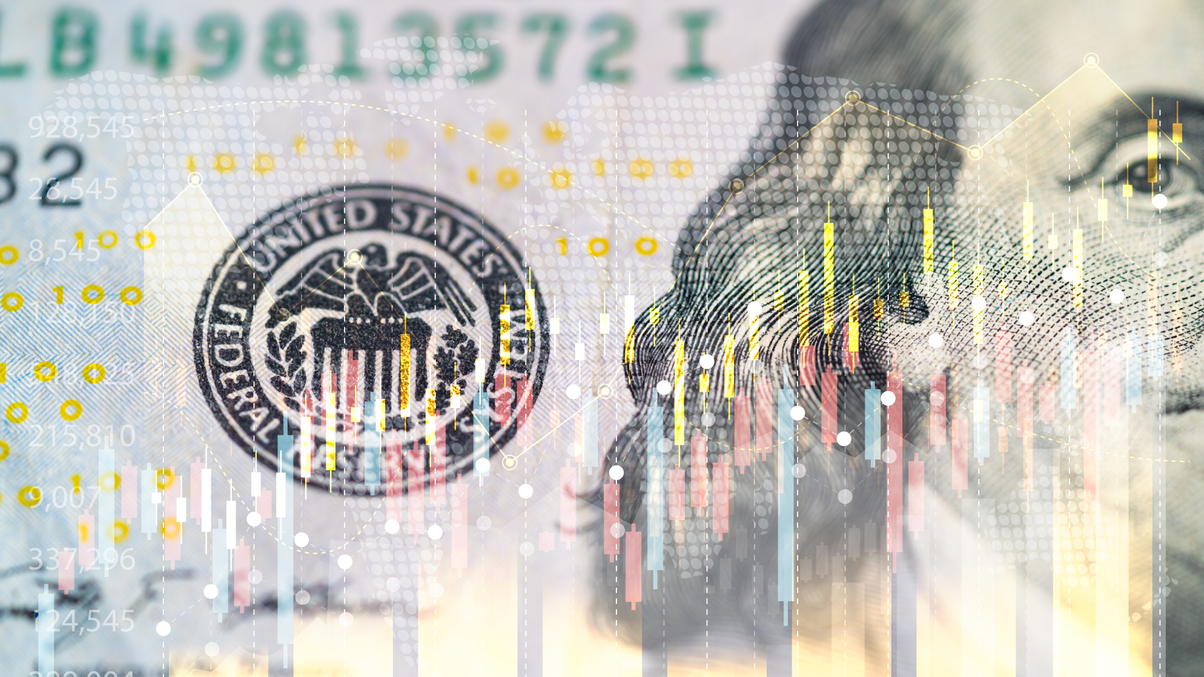Market Views: Where will $6.2tn money market assets move as rates fall?
A record $6.22 trillion is parked in US money market funds, mostly from institutional investors. As the Fed starts rate cuts, fund managers predict where the cash will flow.

A record $6.2 trillion cash pile in US money market funds is having an outsized impact on global markets. This unprecedented accumulation of funds serves as a 'canary in the coal mine', potentially signalling upcoming market shifts.
Sign in to read on!
Registered users get 2 free articles in 30 days.
Subscribers have full unlimited access to AsianInvestor
Not signed up? New users get 2 free articles per month, plus a 7-day unlimited free trial.
¬ Haymarket Media Limited. All rights reserved.


